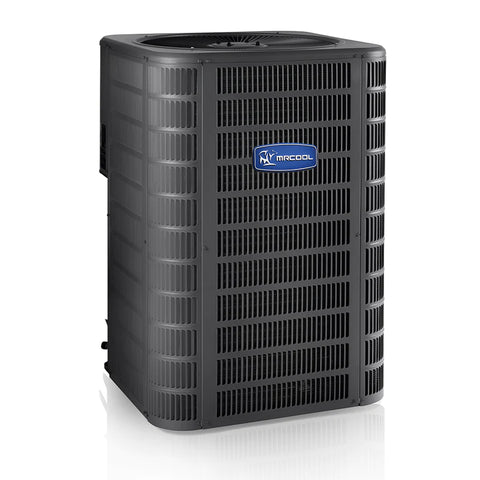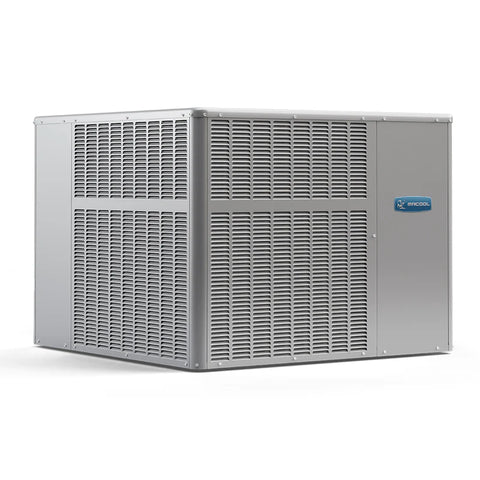SEER and SEER 2 ratings are an important factor in selecting the right HVAC system for your home or office. Let's take a closer look at these ratings and how they can help you choose the most efficient HVAC system to keep you comfortable year-round.
Both SEER and SEER 2 ratings measure the cooling output of an a.c. system and that’s compared against the energy used over the season. The higher the rating, the more efficient the system. Here, we’ll take a closer look at SEER and SEER 2 ratings and how they can help you choose the right HVAC system for your needs. So, read on to learn how SEER and SEER 2 ratings can help you save money and reduce your impact on the environment. SEER ratings are used for a variety of HVAC systems, from central air conditioner condenser units to mini splits.
What is the SEER Rating

SEER, or Seasonal Energy Efficiency Rating, is a ratio used to determine the efficiency of an air conditioning system. To achieve the rating number, the cooling output is divided by the total energy used over the course of the entire cooling season. The higher the SEER rating, the more efficient the system is. A SEER rating of 14 or above is considered good, while an average rating of 16 is considered sound. The best HVAC systems can have a SEER rating as high as 23. However, it's important to note that SEER ratings are calculated under specific testing conditions, and the actual efficiency of the system may vary based on different factors.
Meet the New and Improved SEER 2

SEER 2 is an updated version of SEER that uses the M1 blower procedure for measurement. This testing method provides more accurate data values and determines the overall energy consumption of the system more efficiently. SEER 2 testing conditions have also been enhanced to be more realistic, with a focus on total external static pressure. This makes it a more reliable and accurate rating system, allowing it to better adapt to real-world conditions.
What is the Difference Between SEER and SEER 2
Compared to SEER, SEER 2 is far superior because it accurately measures external static pressure and takes into account the effect of ductwork on the system. The efficiency of SEER ratings can often drop significantly due to the inability to accurately measure external static pressure or account for the impact of ductwork on the system. SEER 2 is an improvement in these areas and provides a more accurate rating that reflects real-world conditions.
When choosing an HVAC system, it's important to pay attention to SEER and SEER 2 ratings. While SEER is a good starting point, SEER 2 provides a more accurate and reliable rating that takes into account real-world conditions. Choosing a system with a high SEER or SEER 2 rating can save you money on energy bills and reduce your carbon footprint.
The SEER and SEER 2 ratings are essential for understanding the efficiency of your HVAC system. SEER 2 is a superior rating system that provides more accurate data values and reflects real-world conditions. By choosing an HVAC system with a high SEER or SEER 2 rating, you can ensure that you are getting the most energy-efficient system possible, which is not only better for your wallet but also for the environment.



